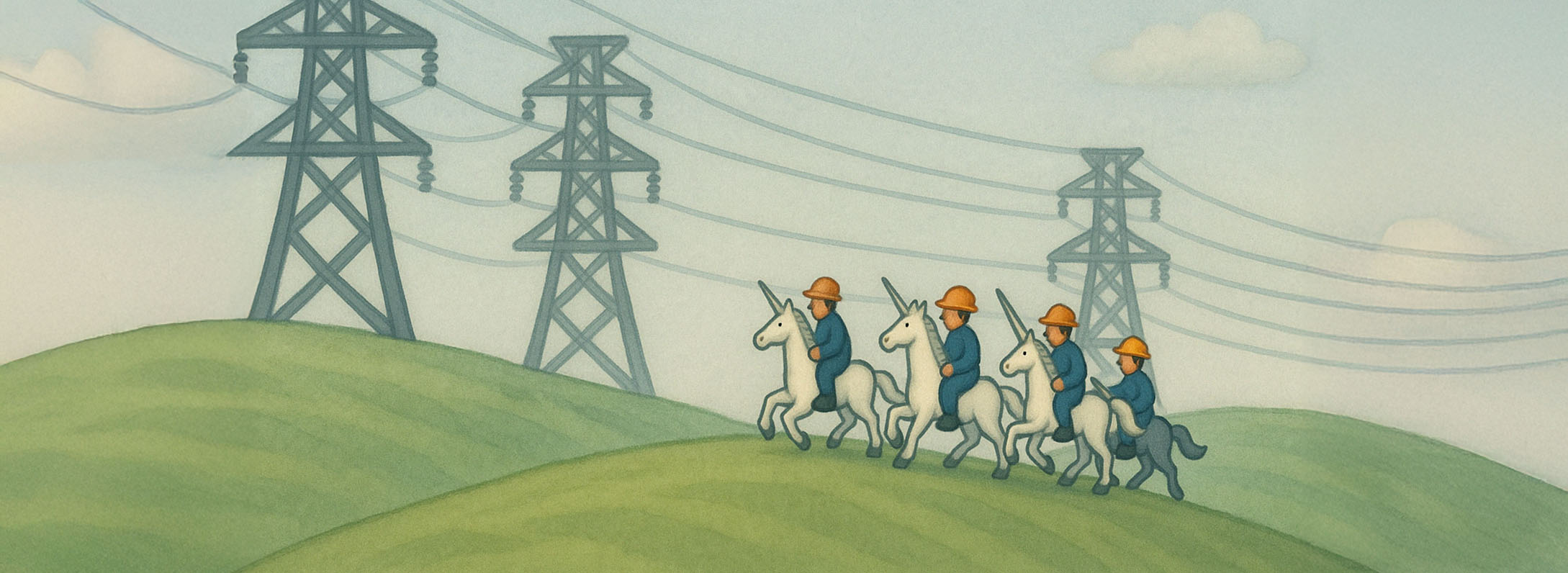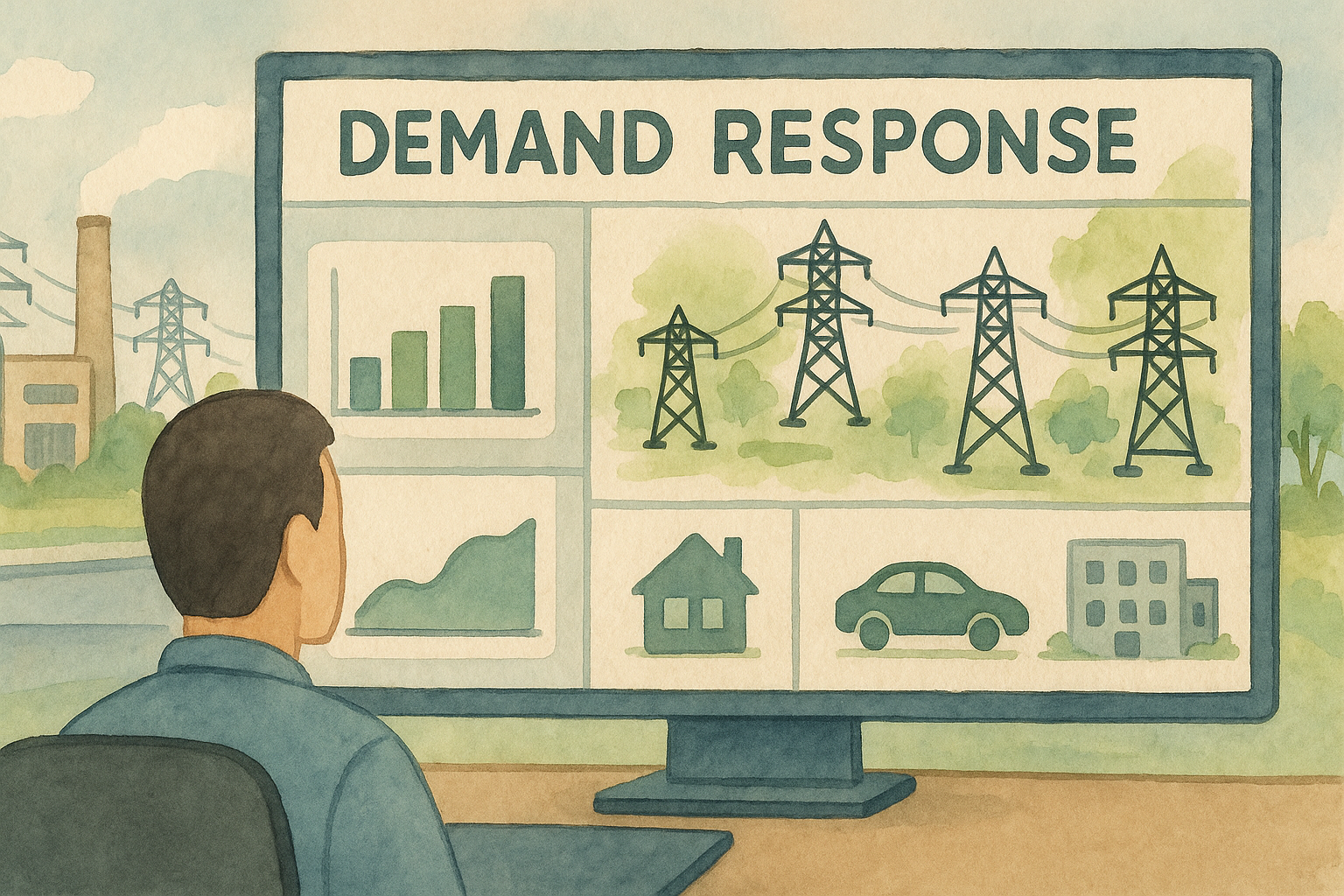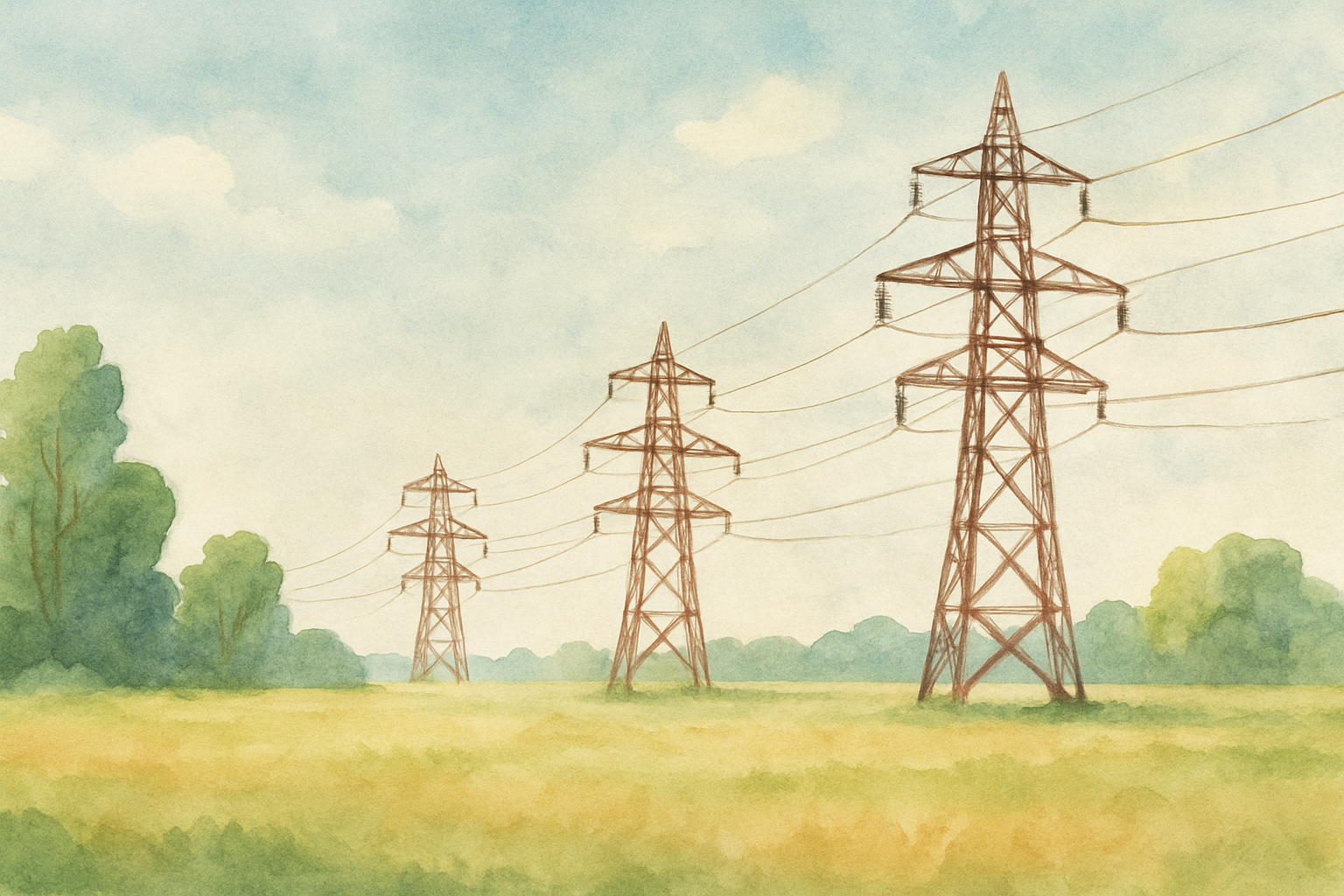Artificial Intelligence (AI) is revolutionizing the Utilities industry by enhancing efficiency, reliability, and decision-making. However, several misconceptions persist, leading to misunderstandings about AI's capabilities and limitations. Here are the top five things people often get wrong about AI in the industry:

1. AI will replace human workers
Misconception: Many believe AI will fully replace human workers, leading to significant job losses in the utility sector.
Reality: AI is more about augmenting human capabilities rather than replacing them. AI can handle repetitive and data-intensive tasks, allowing human workers to focus on more strategic and complex responsibilities. In the utility sector, AI assists with data analysis, predictive maintenance, and optimizing grid operations, enabling workers to make better decisions and respond more effectively to issues.
2. AI can operate without human intervention
Misconception: Once implemented, AI systems can run independently without human oversight.
Reality: While AI can automate many processes, human oversight remains crucial. AI systems need continuous monitoring, updating, and fine-tuning to ensure they operate correctly and adapt to changing conditions.
3. AI is only for large utilities
Misconception: Smaller utilities might think that AI technology is only accessible or beneficial for large utility companies with extensive resources.
Reality: AI solutions are scalable and can fit the needs of utilities of all sizes. Many AI tools and platforms offer modular and cost-effective solutions that smaller utilities can implement to enhance their operations. By leveraging AI, even smaller utilities can improve efficiency, reduce costs, and enhance service reliability.
4. AI is infallible
Misconception: Some people believe that AI systems are perfect and always produce accurate results.
Reality: AI is not infallible and can make mistakes and hallucinate, especially if the input data is flawed or biased. AI systems require high-quality, diverse, and representative data to function correctly. In utilities, continuous validation and cross-checking of AI-generated insights with human expertise are necessary to ensure accuracy and reliability.
5. AI implementation is too complex and expensive
Misconception: There is a perception that implementing AI is overly complex and costly and requires a complete overhaul of existing systems.
Reality: While AI implementation requires investment in technology and training, it doesn't necessarily mean a complete overhaul. Many AI solutions can integrate with existing systems and processes. The long-term benefits of AI, such as improved efficiency, reduced operational costs, and enhanced service reliability, often outweigh the initial investment. Moreover, many AI vendors offer scalable, flexible, customized solutions that fit specific needs and budgets.
Understanding AI's capabilities and limitations is essential for its effective implementation in the utility sector. AI is a powerful tool that, when used correctly, can significantly enhance operations, improve decision-making, and provide valuable insights. Utilities can better leverage AI to drive innovation and achieve greater operational resilience and efficiency by dispelling these common misconceptions.




.svg)








.svg)